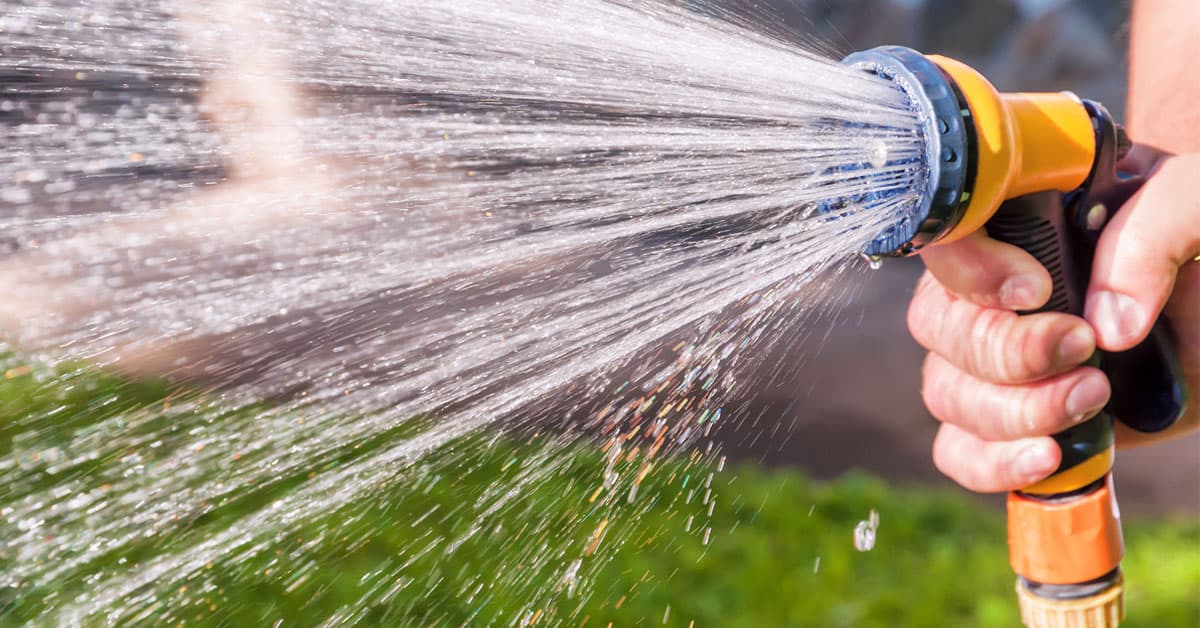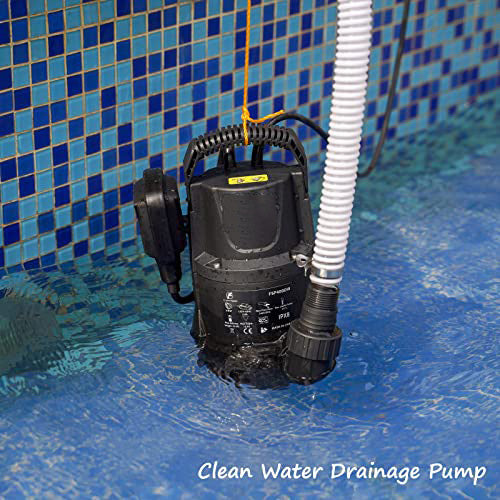Rapid Solutions for Caring for a Sump Pump
Rapid Solutions for Caring for a Sump Pump
Blog Article
Just how do you really feel in relation to How to Care for Your Sump Pump?

Sump pumps are essential elements in numerous homes, especially in locations vulnerable to flooding or extreme moisture. They assist prevent water damages by efficiently eliminating excess water from basements or crawl spaces. Nevertheless, like any other appliance, sump pumps require regular maintenance to guarantee they operate efficiently when needed the most. Cleansing your sump pump is an important part of its maintenance, and recognizing just how to do it effectively can conserve you from costly fixings and prospective catastrophes.
Intro
Keeping a clean sump pump is vital for its correct functioning and long life. Disregarding this vital job can bring about obstructions, breakdowns, and inevitably, water damages to your residential or commercial property. For that reason, discovering how to clean a sump pump is critical for property owners who rely on these tools to keep their basements completely dry and secured.
Indications of a Dirty Sump Pump
Understanding when your sump pump requires cleansing is crucial for avoiding potential malfunctions. Some common signs that suggest a dirty sump pump include unusual sounds throughout operation, lowered water flow, and visible particles in the pit. If you observe any of these symptoms, it's important to cleanse your sump pump quickly to avoid any more concerns.
Preparing for Cleansing
Before you start cleaning your sump pump, it's important to take some security preventative measures. Begin by shutting down the power to the pump to avoid any electrical accidents. In addition, use suitable protective equipment, such as gloves and goggles, to protect yourself from dust, debris, and possible microorganisms.
Comprehending the Sump Pump
Before diving right into the cleaning process, it's essential to have a basic understanding of how a sump pump works. Commonly set up in a pit or basin below the cellar floor, a sump pump contains numerous key parts, consisting of a pump, a float switch, and a discharge pipe. When water builds up in the pit, the float button activates the pump, which then pumps the water out via the discharge pipeline, away from the building's foundation.
Step-by-step Overview to Cleaning Up a Sump Pump
Shutting down the Power
Begin by disconnecting the power supply to the sump pump to prevent any kind of crashes while cleaning.
Looking For Proper Functioning
Prior to reinstalling the pump, perform a quick test to ensure that the float switch activates the pump properly. Put some water right into the sump pit and observe the pump's procedure. If every little thing is functioning correctly, you can rebuild the pump and reconnect the power supply.
Removing Debris and Dirt
Utilize a bucket or an inside story to remove any type of noticeable particles, dirt, or debris from the sump pit. Dispose of the particles properly to avoid it from clogging the pump or the discharge pipeline.
Cleaning the Pump and Float Switch
Once the pit is free from particles, thoroughly remove the pump from the pit. Inspect the pump and the float button for any indications of damages or wear. Utilize a soft brush or cloth to clean up the surfaces and remove any kind of collected gunk.
Purging the System
After cleaning the pump and float button, purge the sump pit with clean water to get rid of any staying dirt or debris. This will certainly assist ensure that the pump runs efficiently and effectively.
Upkeep Tips to Keep Your Sump Pump Clean
Along with regular cleaning, there are numerous maintenance suggestions you can comply with to maintain your sump pump in optimum problem:
Verdict
Cleansing your sump pump is a vital facet of its maintenance and guarantees that it runs efficiently when you need it the most. By adhering to the steps described in this guide and integrating regular upkeep into your routine, you can expand the life-span of your sump pump and protect your home from water damage.
6 STEPS ON HOW TO CLEAN A SUMP PUMP PROPERLY
UNDERSTANDING SUMP PUMPS
Your sump pump plays a crucial role in protecting your home by managing and removing excess water. It primarily functions as a “shield”, guarding your basement against the damaging effects of water accumulation. The pump is housed in a sump pit in the lowest part of your basement, and its job is to pump out any water that collects there.
During heavy rainfalls or when snow melts rapidly, water can infiltrate your basement, posing potential risks like flooding, structural damage, and harmful mold growth. Here, the sump pump springs into action, pumping out the intruding water and directing it away from your home.
SAFETY FIRST
Before cleaning, remember to prioritize safety. Disconnect the sump pump from the power source to prevent any accidental electric shocks. Also, wear sturdy gloves to protect your hands from any sharp or dirty components within the pump.
REMOVE THE SUMP PUMP
After ensuring your safety, the next step is to remove the sump pump from its pit. Doing this might require careful maneuvering as you don’t want to damage any pump components. Once removed, clean the sump pit to remove any accumulated debris or sludge.
INSPECT THE PUMP
Inspect the pump for any visible signs of wear or damage. Check the power cord, float switch, and impeller housing. If any components look worn out or damaged, consider replacing them to ensure optimal performance.
CLEAN THE PUMP
Thoroughly clean the pump with warm, soapy water. Make sure to rid it of any dirt, gravel, or other debris that might impede its performance. You can use a toothbrush to clean the small, hard-to-reach parts of the pump.
REINSTALL THE SUMP PUMP
Reinstall the pump into the sump pit Make sure it’s positioned correctly to remove the water effectively Once it’s back in place, reconnect it to the power source TEST THE PUMP
Finally, pour some water into the pit to ensure the pump works correctly. It should start automatically and begin pumping out the water; if it doesn’t, check the power source and the positioning of the pump.
Remember, while cleaning your sump pump is an essential part of home maintenance, hiring a professional plumber for a thorough inspection and cleaning at least once a year is also important. This will ensure that your pump is in optimal condition, ready to protect your home from potential water damage.
BEST PRACTICES FOR CLEANING SUMP PUMP DISCHARGE PIPES
Regular Inspection: Regularly inspect your discharge pipes, especially during heavy rainfall or snowmelt periods. Look for any signs of blockage or damage. Early detection of problems can prevent serious issues down the line. Periodic Cleaning: Over time, sediment and debris can accumulate in the discharge pipes, impeding the flow of water. Regular cleaning helps keep the pipes clear and functioning efficiently. You can use a high-pressure water jet to effectively clean the pipes. Insulation During Winter: In colder climates, discharge pipes can freeze, blocking the outflow of water. Protect your discharge pipes from freezing temperatures by insulating them with foam pipe insulation. This will ensure the sump pump can continue to discharge water even in freezing conditions. Proper Positioning: The discharge pipe should be positioned to direct water away from your home’s foundation. Improper positioning can lead to water seeping back into the basement. Ensure the pipe is long enough and angled correctly. Installation of a Check Valve: A check valve prevents water from flowing back into your sump pit after the pump has pushed it out. Installing a check valve helps maintain the efficiency of your sump pump and reduces the risk of flooding. Minimize Pipe Turns: Every curve or turn in the discharge pipe can decrease the efficiency of water flow. By minimizing turns and bends in your discharge pipe, you can increase the efficiency of your sump pump. https://www.fullspeedplumbing.com/how-to-clean-a-sump-pump-properly9999/

Do you enjoy more info about How to Care for Your Sump Pump? Post feedback directly below. We'd be glad to hear your insights about this blog post. In hopes that you visit us again later on. Kindly take the time to share this entry if you liked it. Thanks a lot for your time invested reading it.
Click Here Report this page